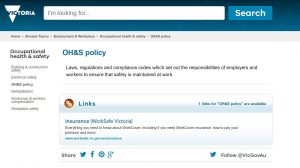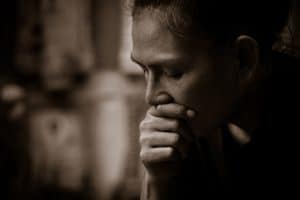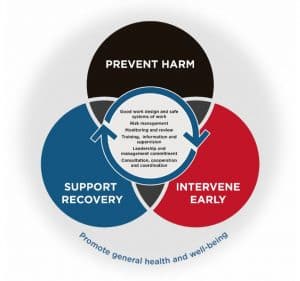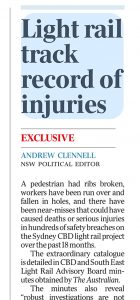 If you ask a lawyer for advice about any issue related to occupational health and safety (OHS) their first piece of advice is likely to be “write a policy”. There are good legal reasons for advocating a policy, but policies can also create major problems. Policies are both a reflection of a workplace and the base on which improvements can be created.
If you ask a lawyer for advice about any issue related to occupational health and safety (OHS) their first piece of advice is likely to be “write a policy”. There are good legal reasons for advocating a policy, but policies can also create major problems. Policies are both a reflection of a workplace and the base on which improvements can be created.
Search for OHS policy guidance from the Victorian Government and it takes you to a page that describes an OHS policy as
“Laws, regulations and compliance codes which set out the responsibilities of employers and workers to ensure that safety is maintained at work.”
NO it’s not. The page also directs you to a WorkSafe page about insurance!
WorkSafe Tasmania

 Conversations about occupational health and safety (ohs) occur very rarely unless you are an educator who talks about this stuff every day. We manage health and safety and advise on it but rarely get a chance just to talk about safety with peers. This is where documents like the
Conversations about occupational health and safety (ohs) occur very rarely unless you are an educator who talks about this stuff every day. We manage health and safety and advise on it but rarely get a chance just to talk about safety with peers. This is where documents like the 
 The
The 

 Recently Australian media was entranced with an
Recently Australian media was entranced with an